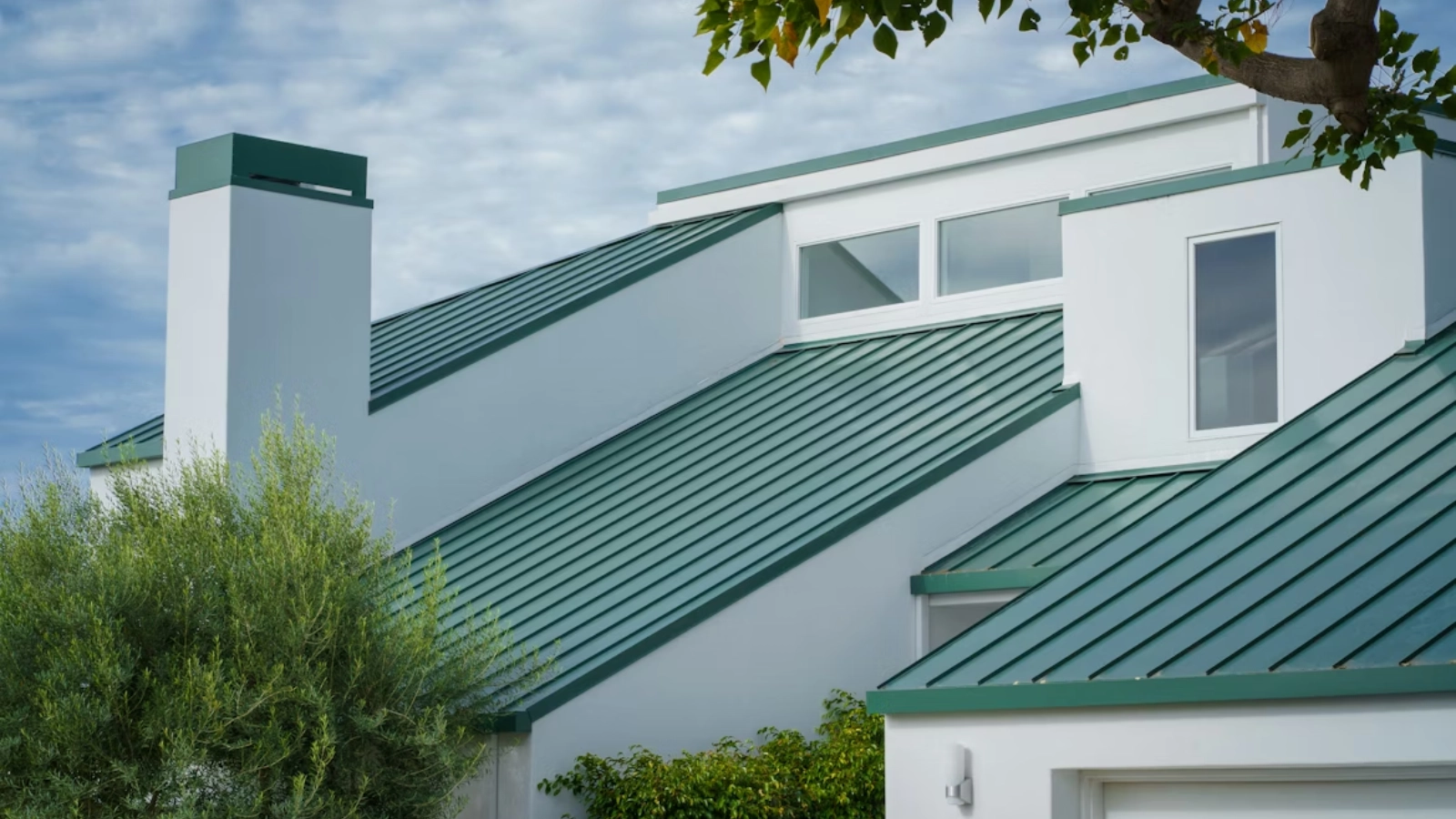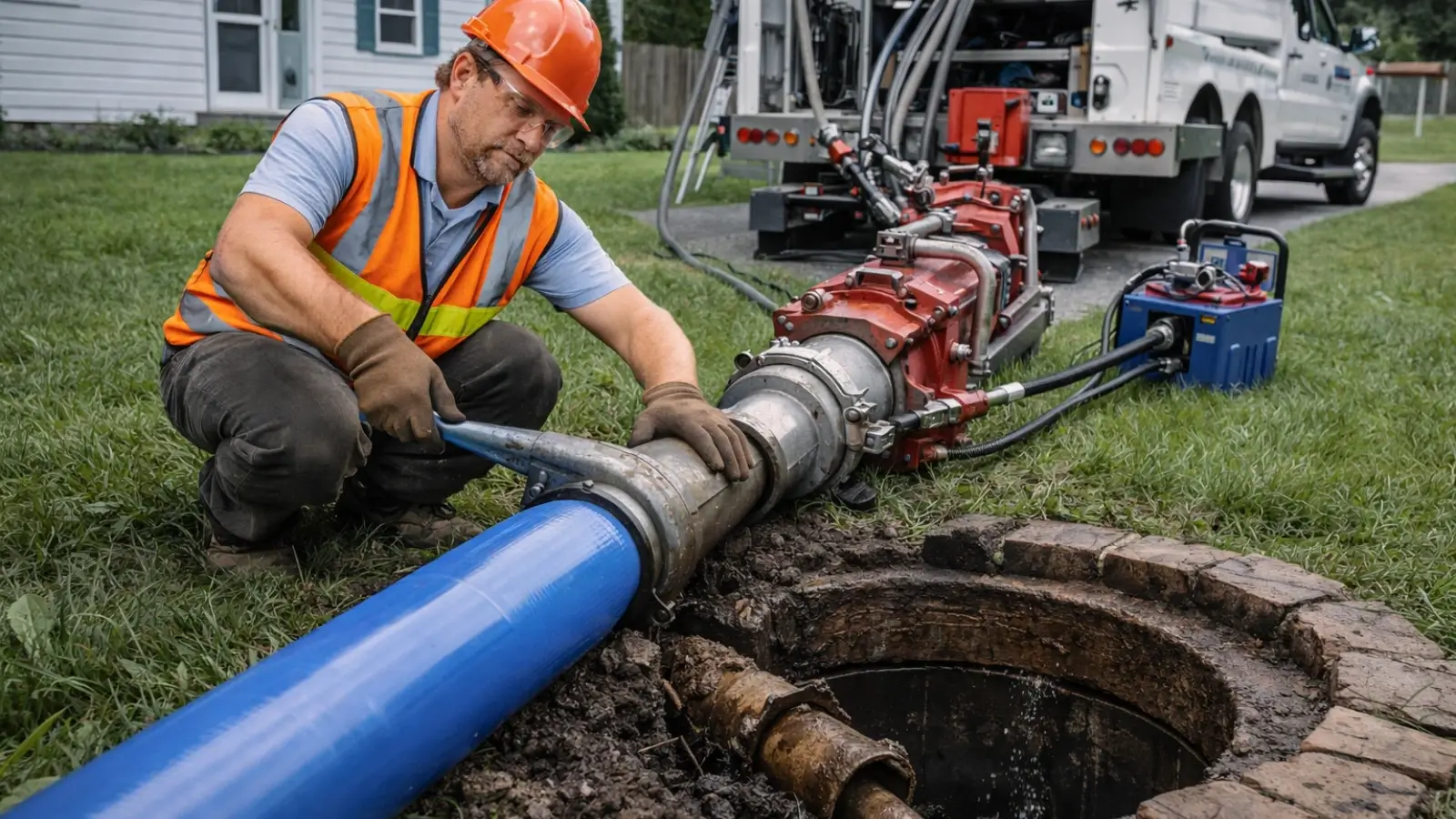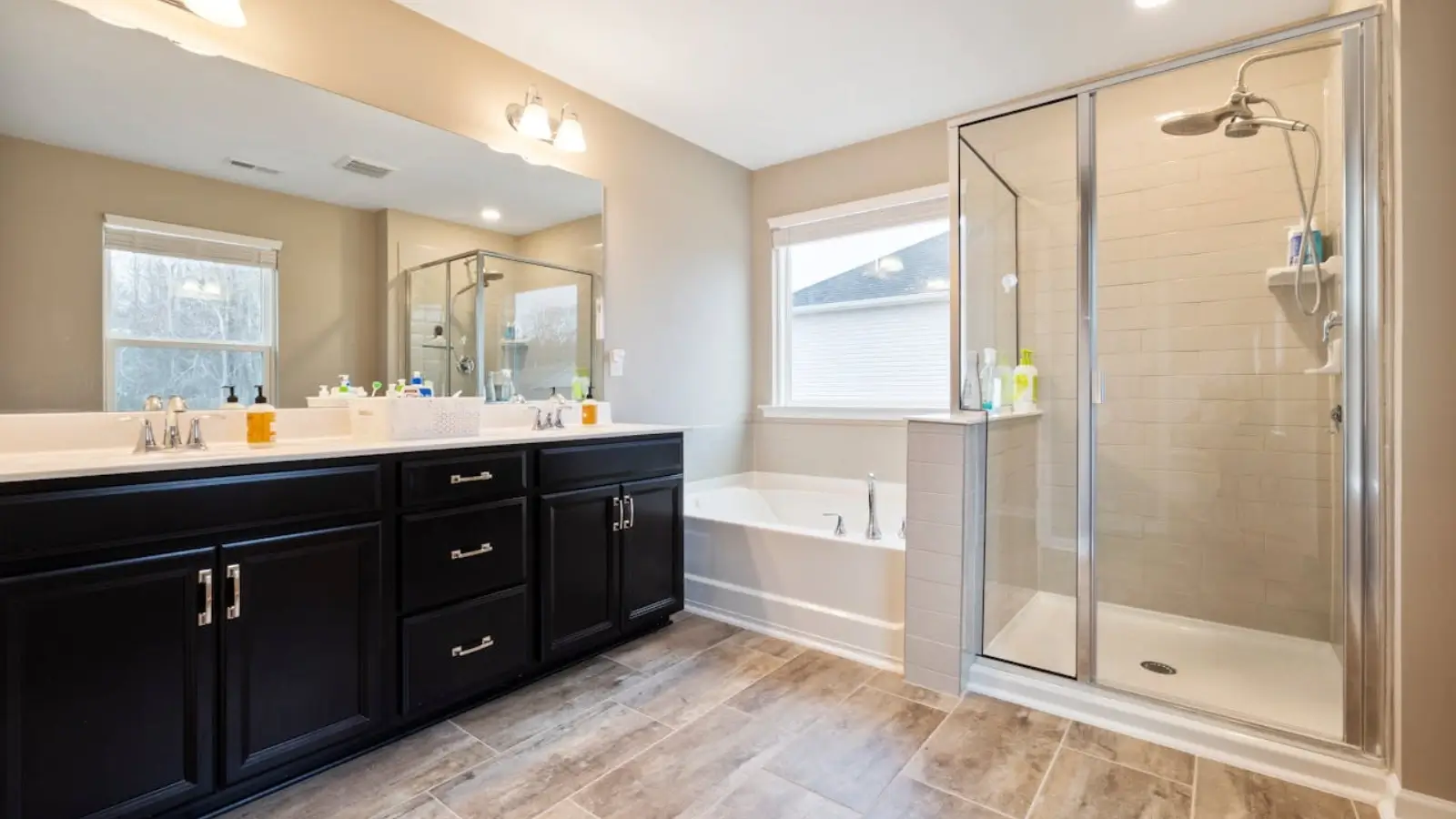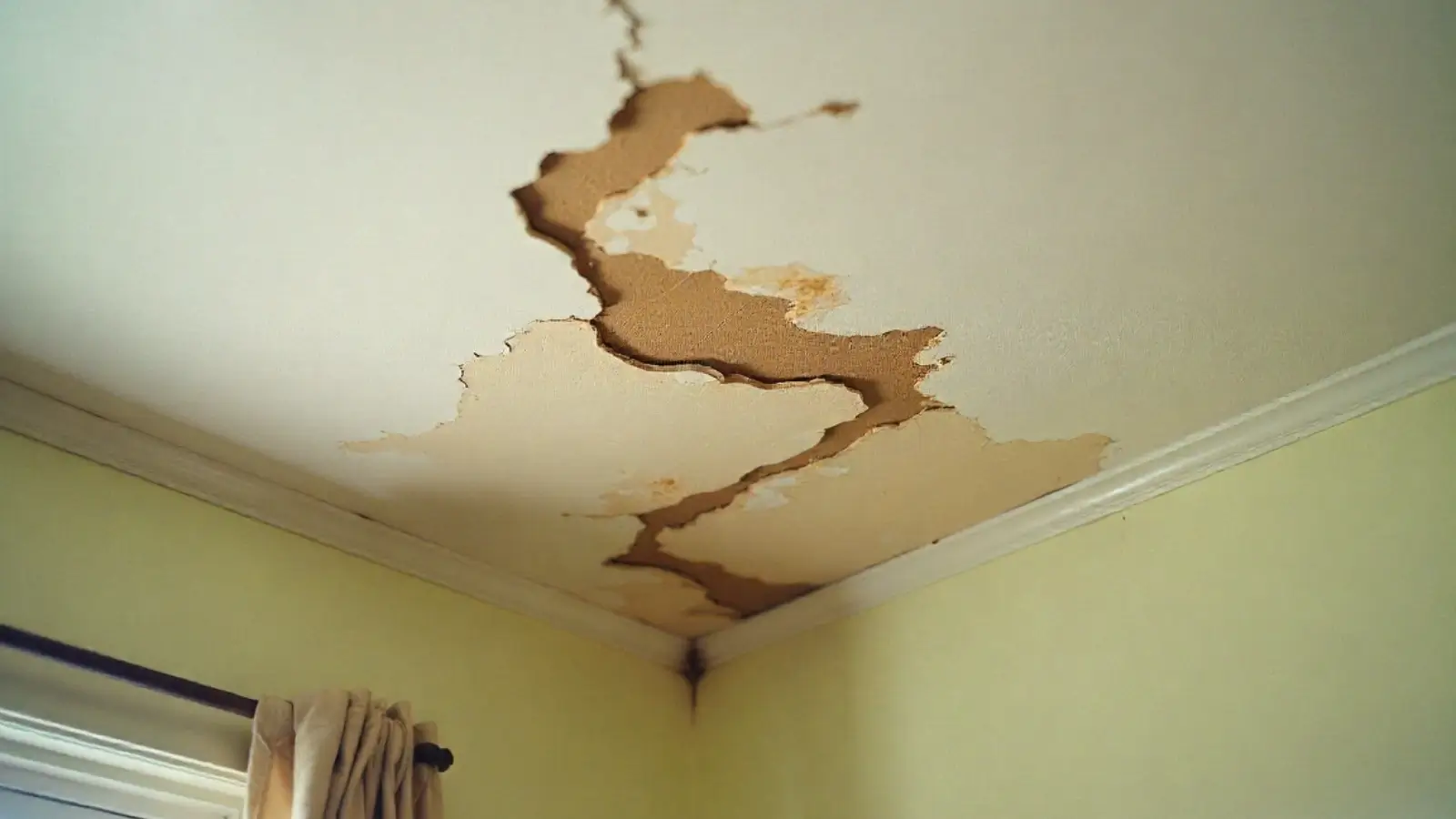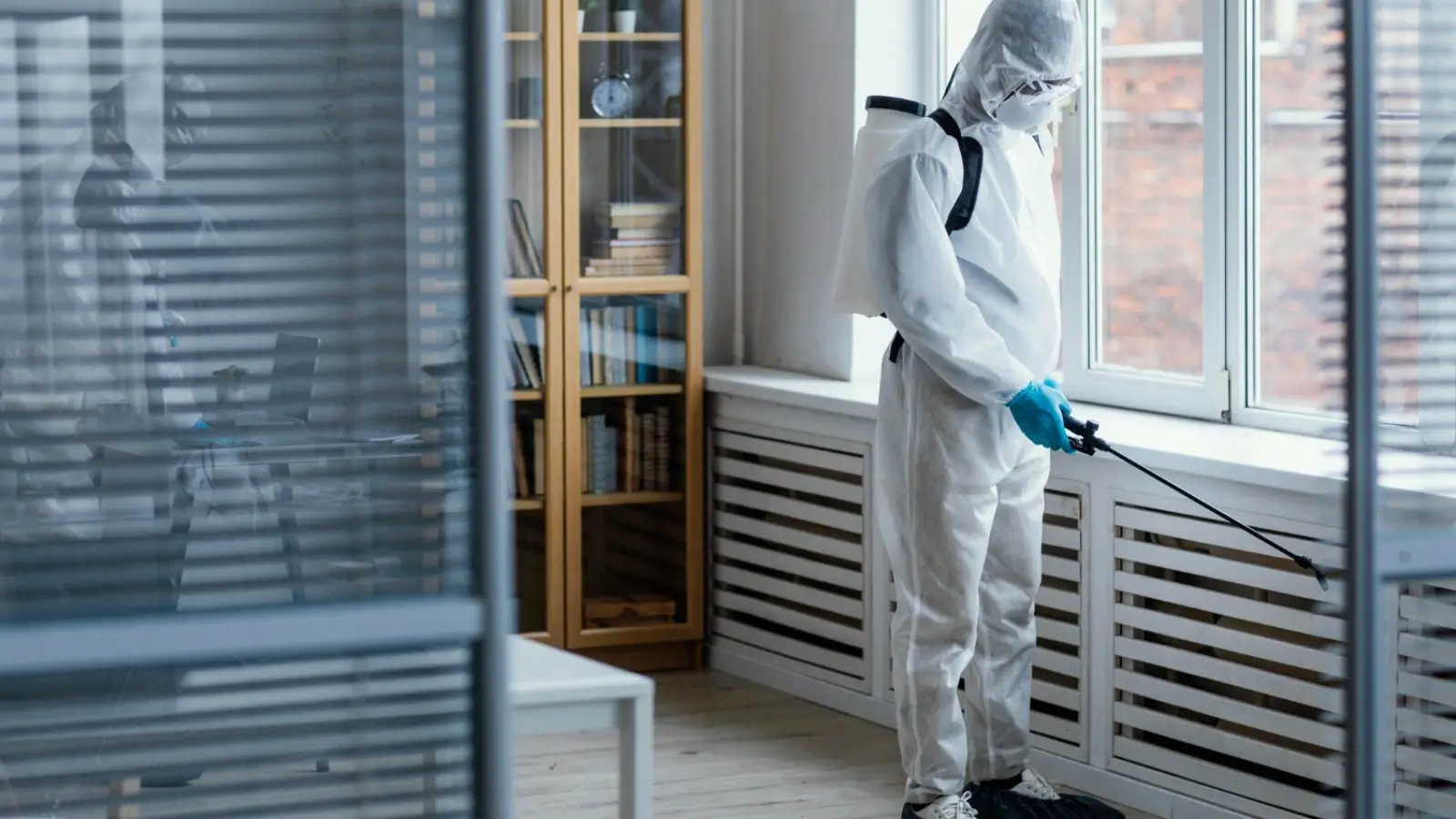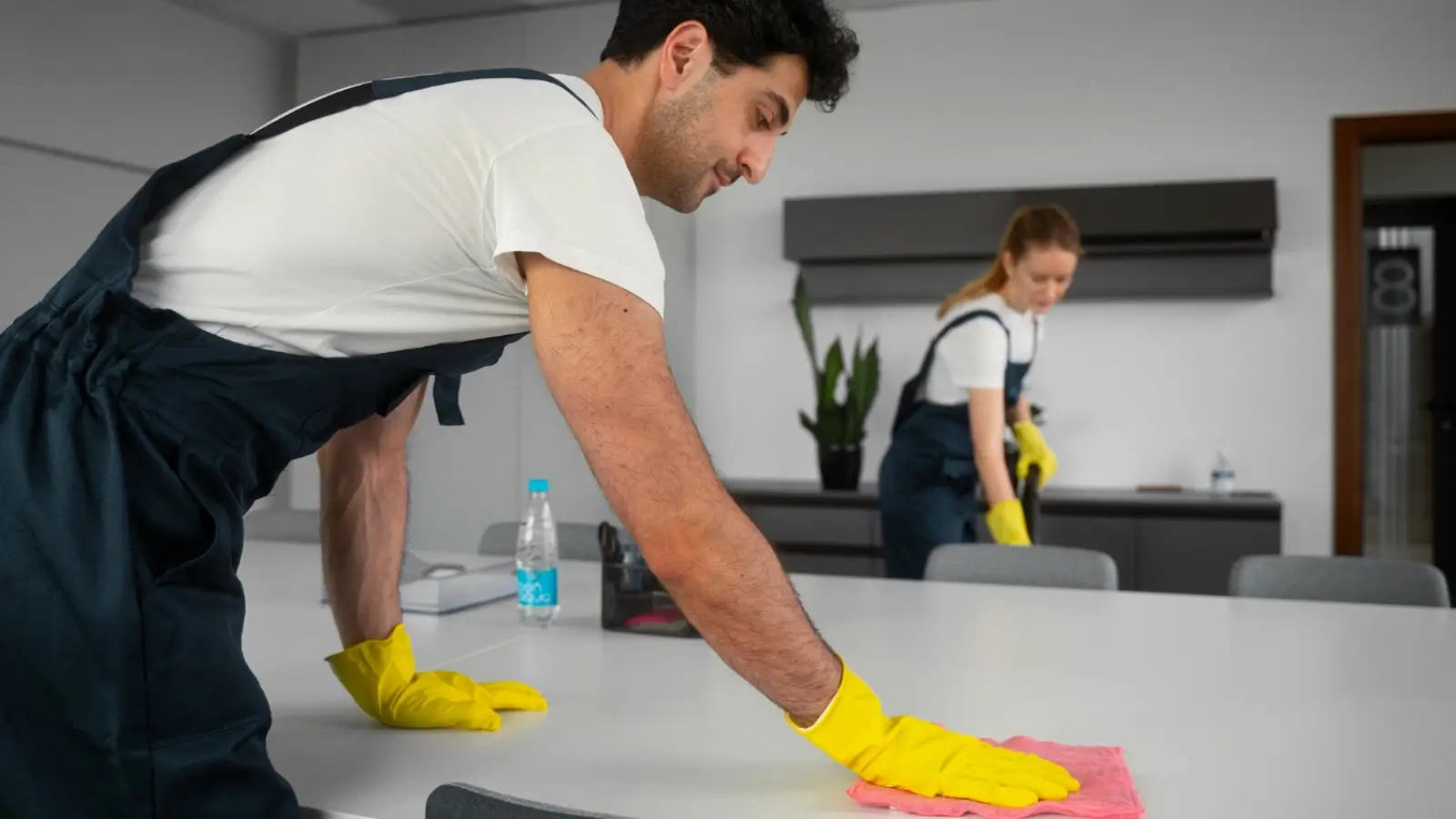Your home’s siding isn’t just decoration—it’s defense. And like any good defense system, it needs to be built for the conditions it will face.
From snow-packed winters to sun-scorched summers, weather patterns across the U.S. are anything but uniform. That’s why the “best” siding material in one region could fail quickly in another. Climate matters. A lot.
If you're planning to update or replace your siding, factoring in your local environment is essential—not just for durability, but for energy efficiency, maintenance, and long-term costs. Let’s take a look at how weather conditions affect siding performance and what to prioritize based on where you live.
Understanding Climate Stressors
Different regions bring different stressors to a home’s exterior. These aren’t one-off events—they’re ongoing, seasonal, and cumulative. Some of the most common environmental challenges include:
-
UV exposure and heat distortion
-
Freeze-thaw cycles
-
Heavy rain and humidity
-
Hail or storm impact
-
Salt air corrosion (in coastal zones)
Each of these elements can shorten the lifespan of siding if the wrong material is chosen. That’s why working with a siding contractor familiar with your local climate is so valuable—they’ll understand not just what looks good, but what holds up.
Hot and Dry Climates: Think Heat and Fading
In regions with high heat and relentless sun—think Arizona, Nevada, or parts of Southern California—UV exposure becomes the primary concern.
Vinyl siding in these conditions may warp, bubble, or lose its color over time. Prolonged exposure to sunlight can cause some materials to become brittle, making them prone to cracking under minimal impact.
For these climates, materials like fiber cement and engineered wood perform well. Both are resistant to UV breakdown and retain color longer when painted or factory-finished. Lighter color palettes can also help reduce heat absorption and minimize surface stress.
Cold Weather Zones: Freeze-Thaw Ready
Areas with harsh winters—such as the Midwest, Northeast, or mountain regions—require siding that can handle constant freezing and thawing.
Moisture gets into small cracks and expands when it freezes. Over time, this cycle can cause traditional wood to split or vinyl to fracture. Water resistance and structural integrity are critical.
Siding products that are dense, impact-resistant, and non-porous (like fiber cement or insulated vinyl) are ideal. Pay attention to how well the material resists moisture infiltration. Even the best siding can fail if it's installed without proper sealing or flashing.
Also, color stability is a factor in cold climates—darker siding may expand and contract more during temperature swings, increasing wear.
Humid and Rainy Regions: Mold and Mildew Resistance
If you live in a coastal or subtropical climate like the Southeast, Pacific Northwest, or Gulf Coast, your siding needs to manage moisture first and foremost.
Constant humidity and rainfall create the perfect environment for mold, algae, and mildew. Siding with poor ventilation or porous surfaces can trap moisture—leading to discoloration, warping, and decay.
Look for siding with built-in drainage features or rainscreen technology. Materials that naturally resist rot and do not absorb water—such as engineered wood with treated cores or fiber cement—are particularly useful.
Also, check warranties carefully. Some siding products come with moisture exclusion clauses depending on climate zone, so be sure the product you choose is rated for wet conditions.
Storm-Prone Areas: Think Impact Resistance
Storms are unpredictable—but frequent in certain areas of the country. If you live in a region prone to hail, high winds, or hurricanes, siding needs to be ready to absorb hits and stay in place.
Some engineered siding materials are tested for wind resistance up to 150 mph or higher. Others are hail-rated and certified for impact protection. Thicker vinyl products offer better resistance than economy panels, and steel siding—though less common—can be extremely durable in storm-heavy areas.
Ask your siding contractor about products with high ASTM impact and wind load ratings. Reinforced installation methods also help, such as underlayment anchoring and storm-rated fastening patterns.
Coastal Areas: Salt Air Concerns
Living near the ocean is a dream for many—but not for all siding materials. Salt air accelerates corrosion, especially on metal-based products or fasteners. Moisture from ocean air also increases the likelihood of peeling paint, swelling, and mold formation.
For seaside homes, choose siding that has minimal metal exposure and is factory-finished with moisture-resistant coatings. Composite materials that resist salt air degradation tend to fare best.
Even proper cleaning schedules (e.g., rinsing the home with fresh water occasionally) can help maintain siding performance in these conditions.
The Role of Siding Design and Installation
Choosing the right material is only half the equation. How siding is installed also determines how well it stands up to your local environment.
In climates with lots of rain or snow, incorrect flashing around windows and doors can allow moisture to bypass the siding altogether. In dry zones, improper expansion gaps can lead to buckling during hot stretches.
A qualified siding company will not only understand these risks—but build against them. Smart Exteriors, for example, places a high priority on matching siding design and installation technique to climate factors, not just product availability.
When installation considers airflow, drainage, and movement, your siding becomes a system—not just a surface.
Matching Climate with Material: A Quick Guide
|
Climate Condition |
Recommended Siding Traits |
|
High Heat & Sun |
UV resistance, colorfast finishes, low thermal expansion |
|
Cold Winters |
Moisture resistance, impact strength, freeze-thaw durability |
|
High Humidity/Rain |
Mold resistance, breathable design, sealed edges |
|
Storm-Prone Areas |
Impact rating, wind-tested fastening, dense materials |
|
Coastal Environment |
Corrosion resistance, factory finishes, limited exposed fasteners |
Final Thoughts
Siding is an investment—and like any investment, it performs best when matched to the right conditions. Choosing materials based on looks alone might get you through the first year. But after a few seasons of storms, sunlight, or freezing temperatures, the wrong choice can reveal itself in the form of cracks, fading, or costly repairs.
Think of your climate as a silent force—it’s always acting on your home. Your siding needs to be its equal.
With guidance from a trusted siding contractor and an understanding of how weather influences performance, you can make a choice that not only looks good now but lasts well into the future.








